Home>Gardening & Outdoor>Plant Care & Gardening Tips>How To Organize Plants
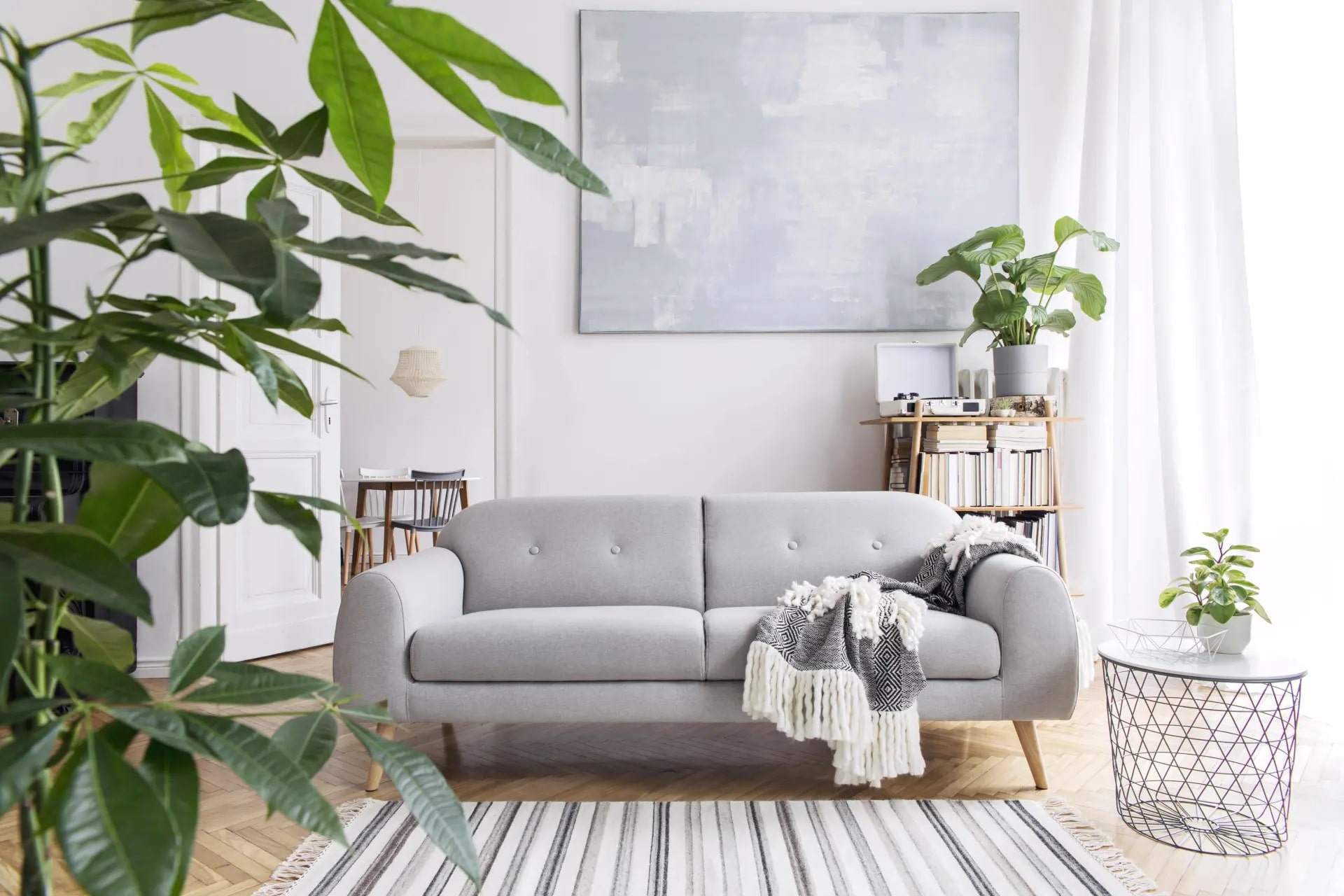

Plant Care & Gardening Tips
How To Organize Plants
Published: March 3, 2024
Discover expert plant care and gardening tips to help you organize and maintain your indoor and outdoor plants. Learn how to create a thriving green space with our comprehensive advice.
(Many of the links in this article redirect to a specific reviewed product. Your purchase of these products through affiliate links helps to generate commission for Storables.com, at no extra cost. Learn more)
Benefits of Organizing Plants
Organizing your plants can bring a multitude of benefits to your home and your well-being. Here are some of the advantages of keeping your plant collection in order:
-
Enhanced Aesthetic Appeal: By organizing your plants, you can create a visually appealing display that adds beauty and charm to your living space. Whether you arrange them on shelves, in hanging planters, or on a plant stand, a well-organized plant collection can elevate the overall look of your home.
-
Improved Air Quality: Plants play a crucial role in purifying the air by absorbing carbon dioxide and releasing oxygen. When your plants are organized and strategically placed throughout your home, they can contribute to better indoor air quality, creating a healthier environment for you and your family.
-
Stress Reduction: Studies have shown that being around plants can help reduce stress and anxiety. By organizing your plants in a way that brings you joy and tranquility, you can create a calming atmosphere that promotes relaxation and well-being.
-
Optimized Plant Care: When your plants are organized, it becomes easier to keep track of their individual needs. You can more effectively monitor their growth, water them appropriately, and ensure they receive adequate sunlight, leading to healthier and happier plants.
-
Increased Productivity: Having a well-organized plant collection can have a positive impact on your productivity. The presence of plants in your workspace has been linked to improved focus, creativity, and overall work performance.
-
Space Utilization: Organizing your plants allows you to make the most of your available space, whether you live in a small apartment or a spacious house. With the right plant organization system, you can maximize the use of vertical space, corners, and windowsills, making your home feel more spacious and inviting.
By reaping these benefits, you can transform your home into a green oasis that not only looks beautiful but also contributes to a healthier and more harmonious living environment.
Key Takeaways:
- Organizing plants not only makes your home look beautiful but also improves air quality, reduces stress, and increases productivity. It’s like creating a green oasis for a healthier and happier living environment!
- When arranging plants in small spaces, choose compact planters, utilize vertical gardening, and select petite plant varieties. Transform tiny spaces into lush green oases for a refreshing and inviting atmosphere!
Read more: What To Plant In Raised Garden Beds
Choosing the Right Plant Organization System
When it comes to organizing your plants, selecting the right plant organization system is essential for creating an attractive and functional display. Here are some key factors to consider when choosing the perfect plant organization system for your home:
-
Assess Your Space: Before deciding on a plant organization system, take a good look at the available space in your home. Consider the layout of each room and identify areas where you can place plants without overcrowding the space. Whether it's a sunny windowsill, a bare corner, or a blank wall, understanding your space will help you determine the best way to organize your plants.
-
Consider Your Plant Collection: Take stock of the types and sizes of plants you have. Some plants may thrive in hanging planters, while others may require larger pots or specific lighting conditions. Tailor your organization system to accommodate the diverse needs of your plant collection, ensuring that each plant has adequate space and access to light and air.
-
Choose the Right Containers: The containers you select for your plants can greatly impact the overall organization and aesthetic appeal. Opt for containers that complement your home decor and provide ample room for your plants to grow. Consider using a mix of hanging planters, decorative pots, and shelves to create a visually appealing and dynamic plant display.
-
Utilize Vertical Space: If you're short on floor space, consider utilizing vertical space to organize your plants. Wall-mounted shelves, hanging planters, and trellises can help maximize space while adding a touch of greenery to your walls. Vertical organization not only saves space but also creates an eye-catching display that draws the eye upward.
-
Factor in Maintenance: When choosing a plant organization system, think about the maintenance and care each plant requires. Ensure that your chosen system allows for easy access to water, sunlight, and regular maintenance tasks. Avoid placing plants in hard-to-reach areas that may make it challenging to care for them effectively.
-
Create Visual Harmony: As you organize your plants, aim to create visual harmony by considering the colors, textures, and sizes of your plants. Grouping plants with similar care requirements together can make it easier to provide them with the attention they need while also creating a cohesive and balanced display.
By carefully considering these factors, you can select a plant organization system that not only showcases your plant collection but also enhances the overall ambiance of your home. Remember that the right organization system can transform your space into a green sanctuary that brings joy and tranquility to your daily life.
Use shelves or plant stands to create different levels for your plants, allowing each one to receive adequate sunlight. Group plants with similar watering and care needs together to make maintenance easier.
Tips for Arranging Plants in Small Spaces
Arranging plants in small spaces requires creativity and strategic planning to make the most of the available area. Here are some tips to help you maximize your plant display in compact living spaces:
-
Choose Space-Saving Planters: Opt for compact and space-saving planters that can fit in tight spots, such as windowsills, shelves, or small tables. Consider using hanging planters or wall-mounted pots to free up valuable floor space while adding a vertical dimension to your plant display.
-
Utilize Tiered Plant Stands: Tiered plant stands are an excellent solution for arranging multiple plants in a small area. These stands allow you to create a multi-level display, maximizing the number of plants you can showcase without taking up a significant footprint.
-
Select Petite Plant Varieties: When working with limited space, consider choosing smaller plant varieties that are well-suited for compact environments. Succulents, air plants, and small ferns are excellent choices for small spaces, as they can thrive in tiny pots and require minimal maintenance.
-
Create a Vertical Garden: Embrace vertical gardening by installing a living wall or a vertical garden system. These innovative solutions enable you to grow a variety of plants on a vertical surface, turning an empty wall into a lush and vibrant display of greenery.
-
Group Plants Together: Cluster plants together to create visually appealing arrangements while conserving space. Grouping plants with similar care requirements allows you to care for them efficiently while creating a lush and cohesive display.
-
Utilize Hanging Planters: Hanging planters are ideal for small spaces, as they can be suspended from the ceiling or mounted on walls, freeing up valuable floor and surface area. Consider hanging plants in the kitchen, bathroom, or any room with limited space to add a touch of greenery without cluttering the area.
-
Incorporate Wall-Mounted Shelves: Install wall-mounted shelves to display your plant collection while keeping surfaces clear. These shelves can accommodate a variety of plant sizes and can be arranged to create an eye-catching botanical focal point in your home.
-
Opt for Air-Purifying Plants: Select air-purifying plants that not only enhance the aesthetic appeal of your space but also contribute to better indoor air quality. Plants such as spider plants, pothos, and peace lilies are compact and effective at removing toxins from the air, making them perfect for small living spaces.
By implementing these tips, you can transform even the tiniest of spaces into a green oasis filled with thriving plants, creating a refreshing and inviting atmosphere within your home.
Maintaining an Organized Plant Collection
Once you have established an organized plant display, it's essential to maintain it to ensure that your green oasis continues to thrive and enhance your living space. Here are some key strategies for maintaining an organized plant collection:
-
Regular Inspection: Schedule regular inspections of your plants to check for signs of pests, diseases, or any other issues that may affect their health. Look for yellowing leaves, wilting, or unusual spots, and take prompt action to address any problems.
-
Pruning and Grooming: Keep your plants looking their best by regularly pruning and grooming them. Remove dead or yellowing leaves, trim overgrown branches, and shape your plants to maintain their desired appearance. Pruning also encourages healthy growth and prevents overcrowding.
-
Watering Routine: Establish a consistent watering routine based on the specific needs of each plant. Some plants may require frequent watering, while others prefer drier conditions. Avoid overwatering by allowing the soil to dry out between waterings, and adjust your watering schedule based on seasonal changes.
-
Fertilization: Provide your plants with the nutrients they need by incorporating a regular fertilization schedule. Choose a suitable fertilizer for each plant type and apply it according to the recommended guidelines. Fertilizing your plants promotes robust growth and vibrant foliage.
-
Cleaning and Dusting: Keep your plants looking fresh and healthy by regularly cleaning their leaves to remove dust and debris. Use a damp cloth or a gentle spray of water to wipe down the foliage and prevent the accumulation of dust, which can hinder photosynthesis.
-
Rotation and Sunlight: Rotate your plants periodically to ensure that they receive uniform sunlight exposure. This practice promotes balanced growth and prevents plants from leaning or reaching toward a single light source. Monitor the sunlight conditions in your home and adjust the placement of your plants accordingly.
-
Repotting: As your plants grow, they may outgrow their current containers and require repotting. Keep an eye on the root growth and the overall health of your plants, and transfer them to larger pots when necessary. Repotting allows plants to access fresh soil and nutrients, supporting their continued development.
-
Pest Control: Stay vigilant against pests that may affect your plants, such as aphids, spider mites, or mealybugs. If you notice any signs of pest infestation, take immediate steps to address the issue using natural or chemical pest control methods, depending on your preference.
By implementing these maintenance practices, you can ensure that your organized plant collection remains healthy, vibrant, and visually appealing, enriching your home with the beauty and benefits of thriving greenery.
Frequently Asked Questions about How To Organize Plants
Was this page helpful?
At Storables.com, we guarantee accurate and reliable information. Our content, validated by Expert Board Contributors, is crafted following stringent Editorial Policies. We're committed to providing you with well-researched, expert-backed insights for all your informational needs.
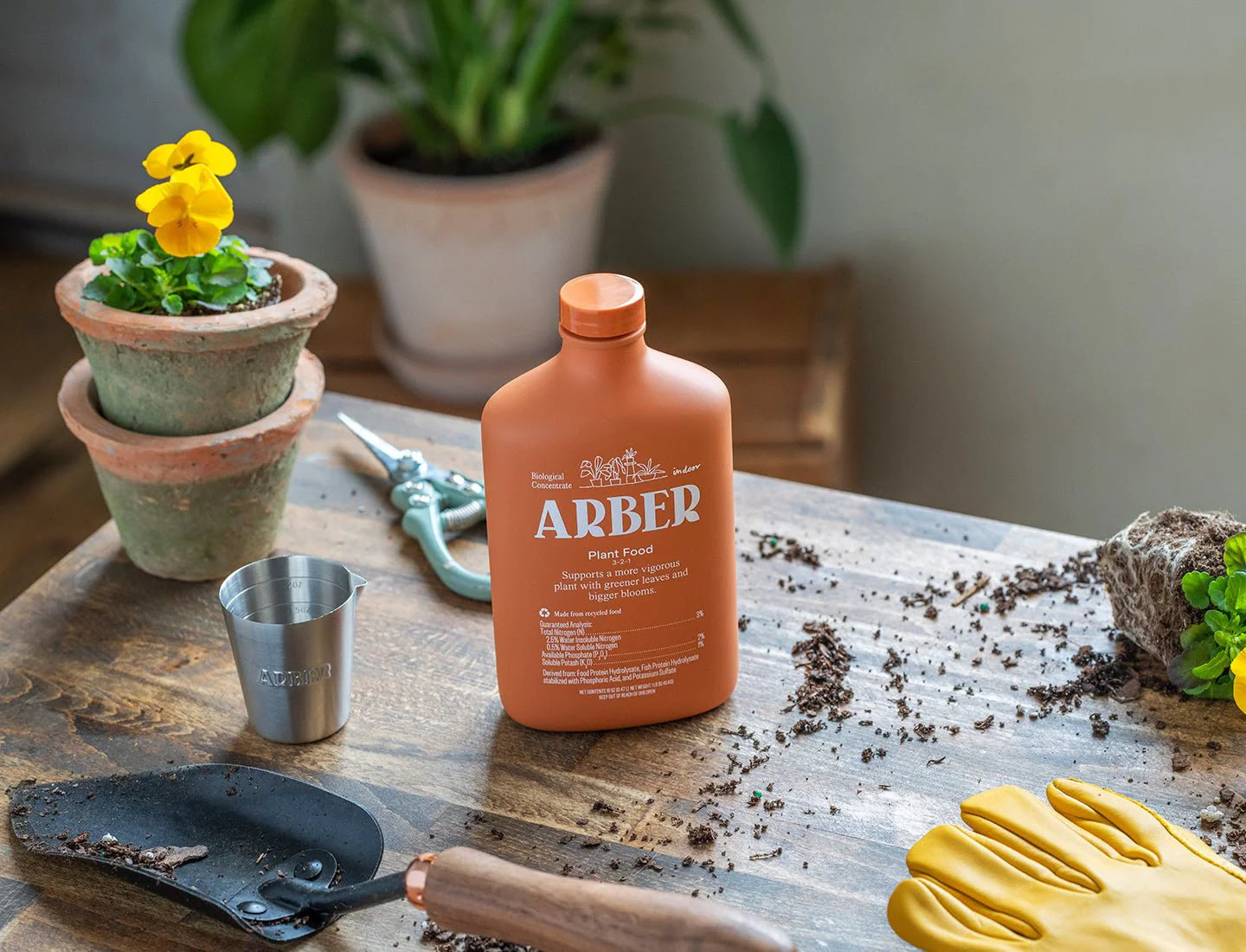
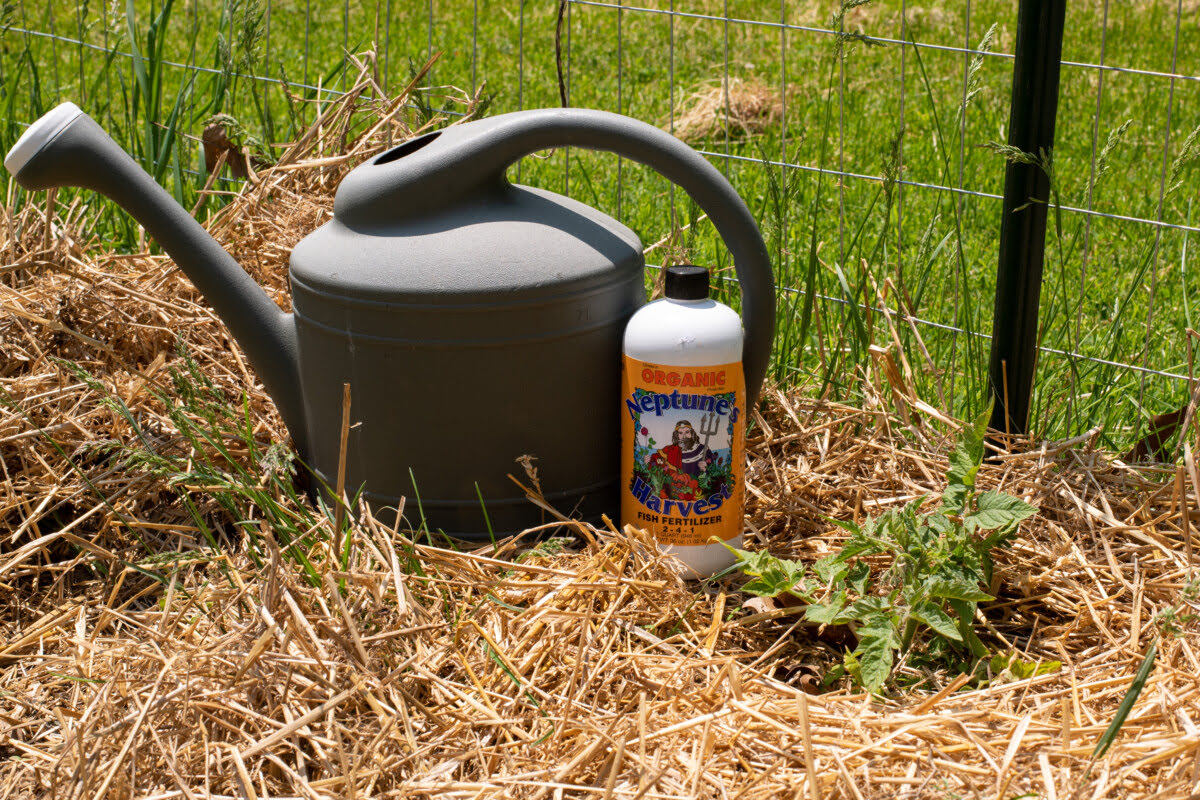
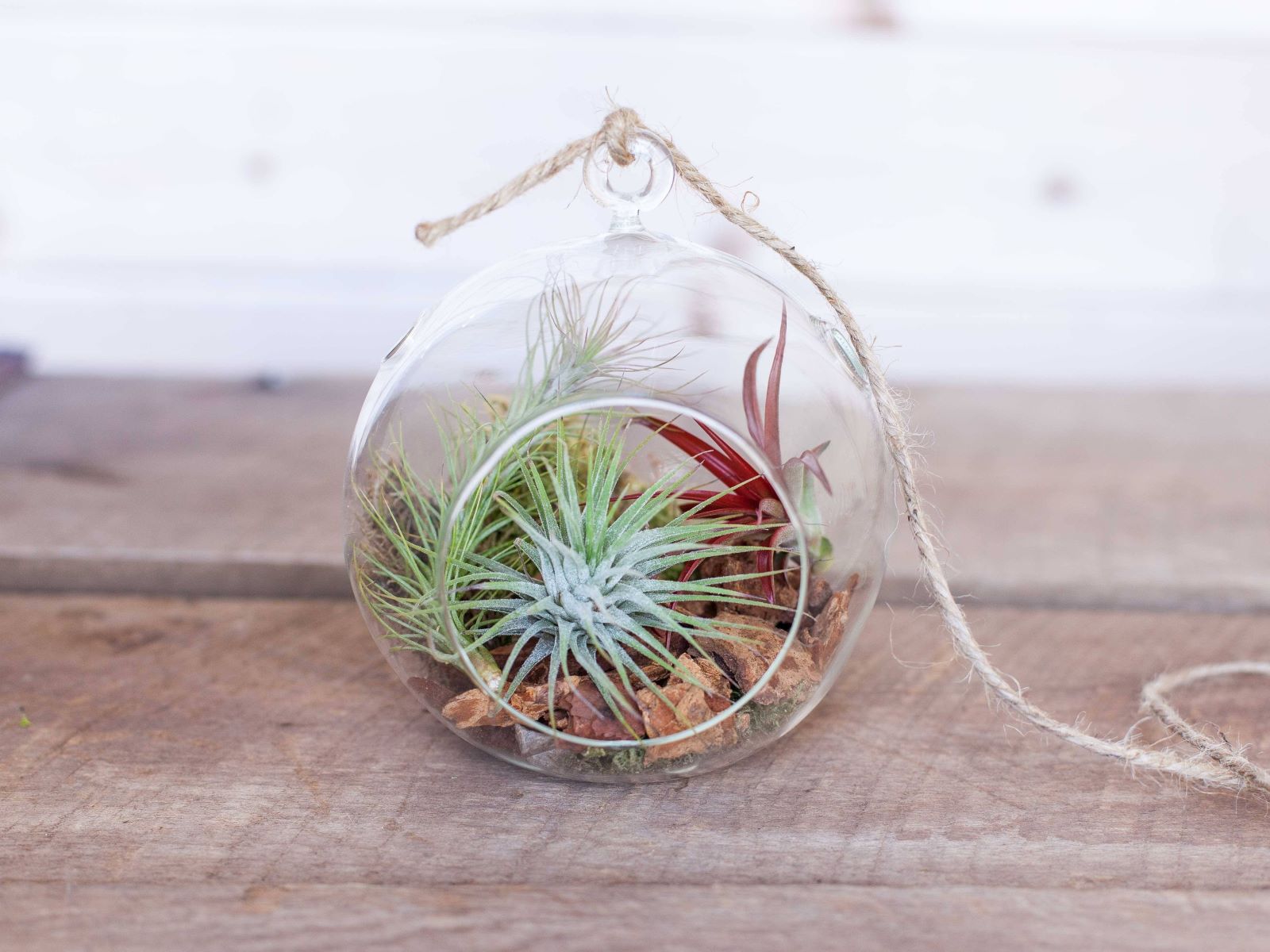
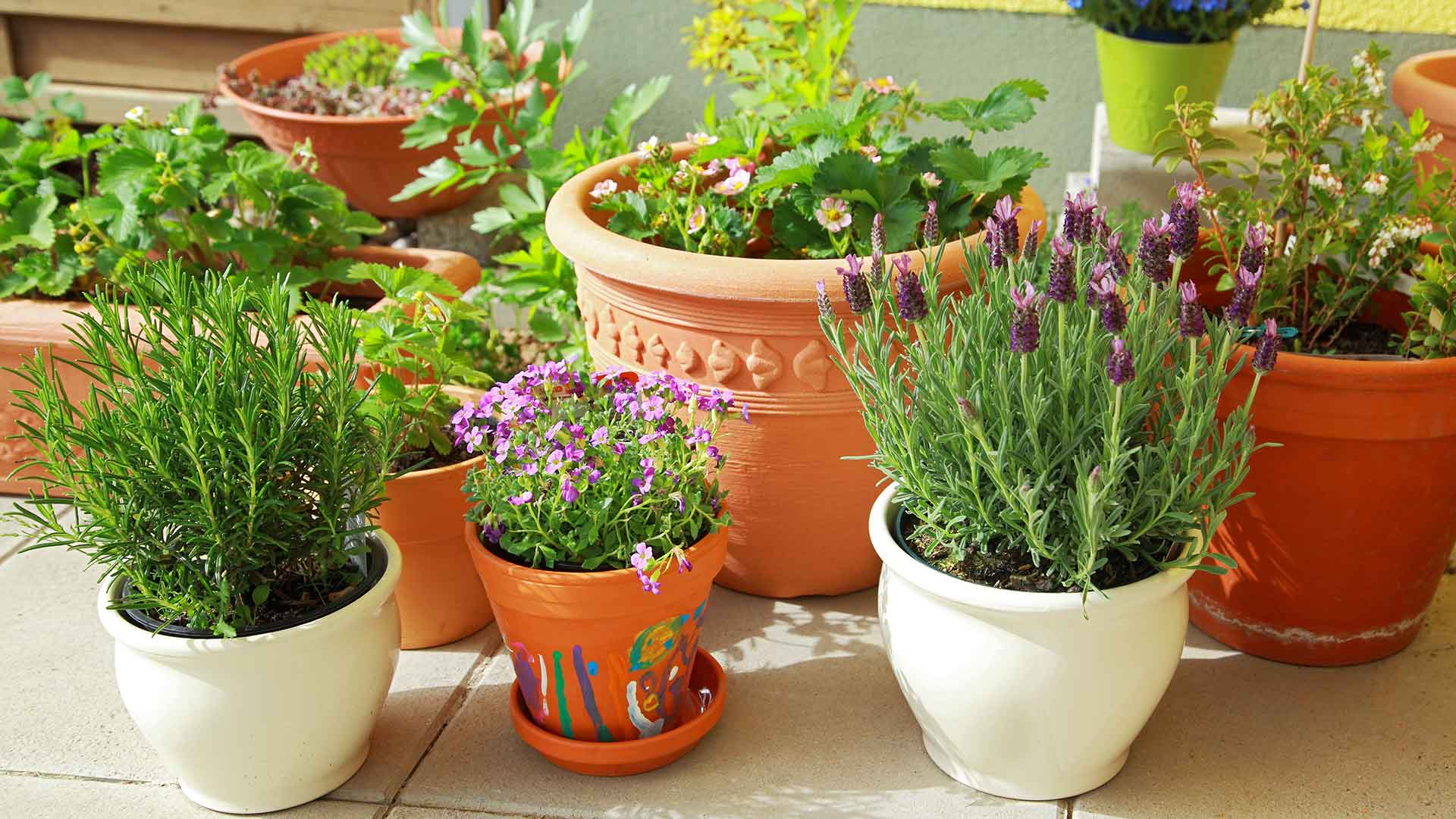
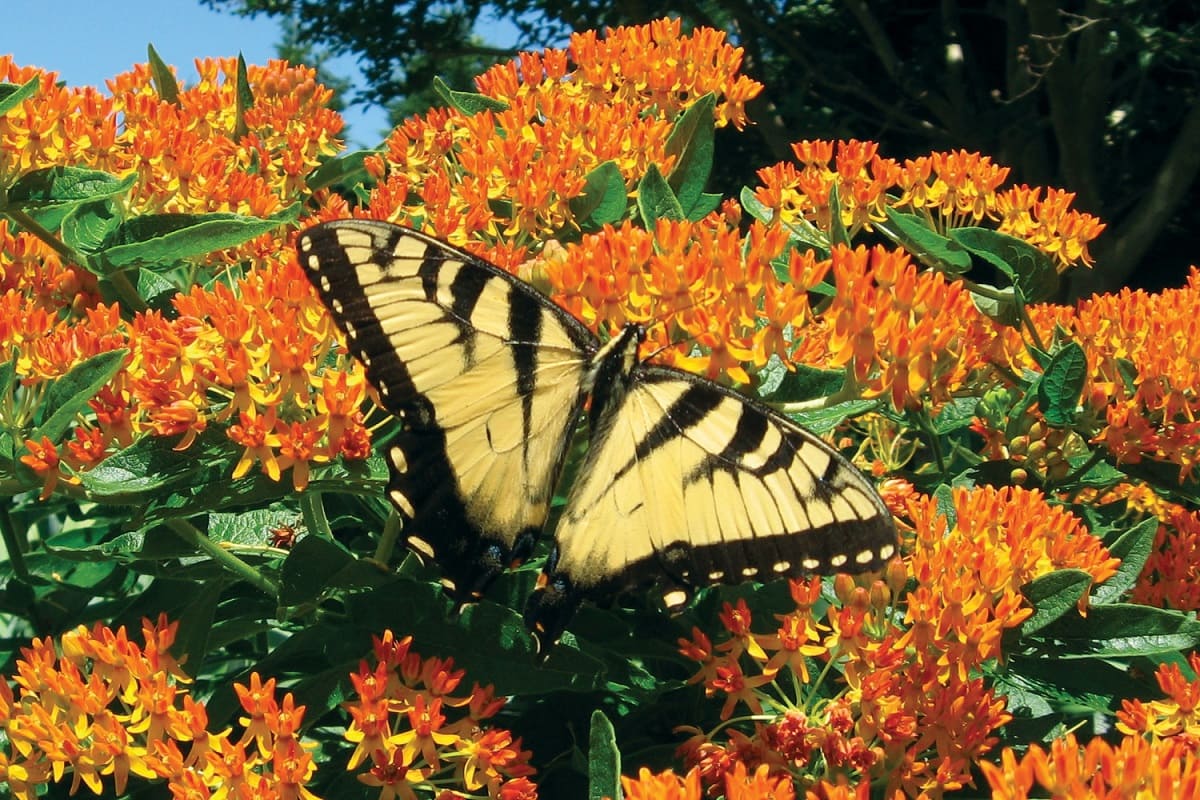
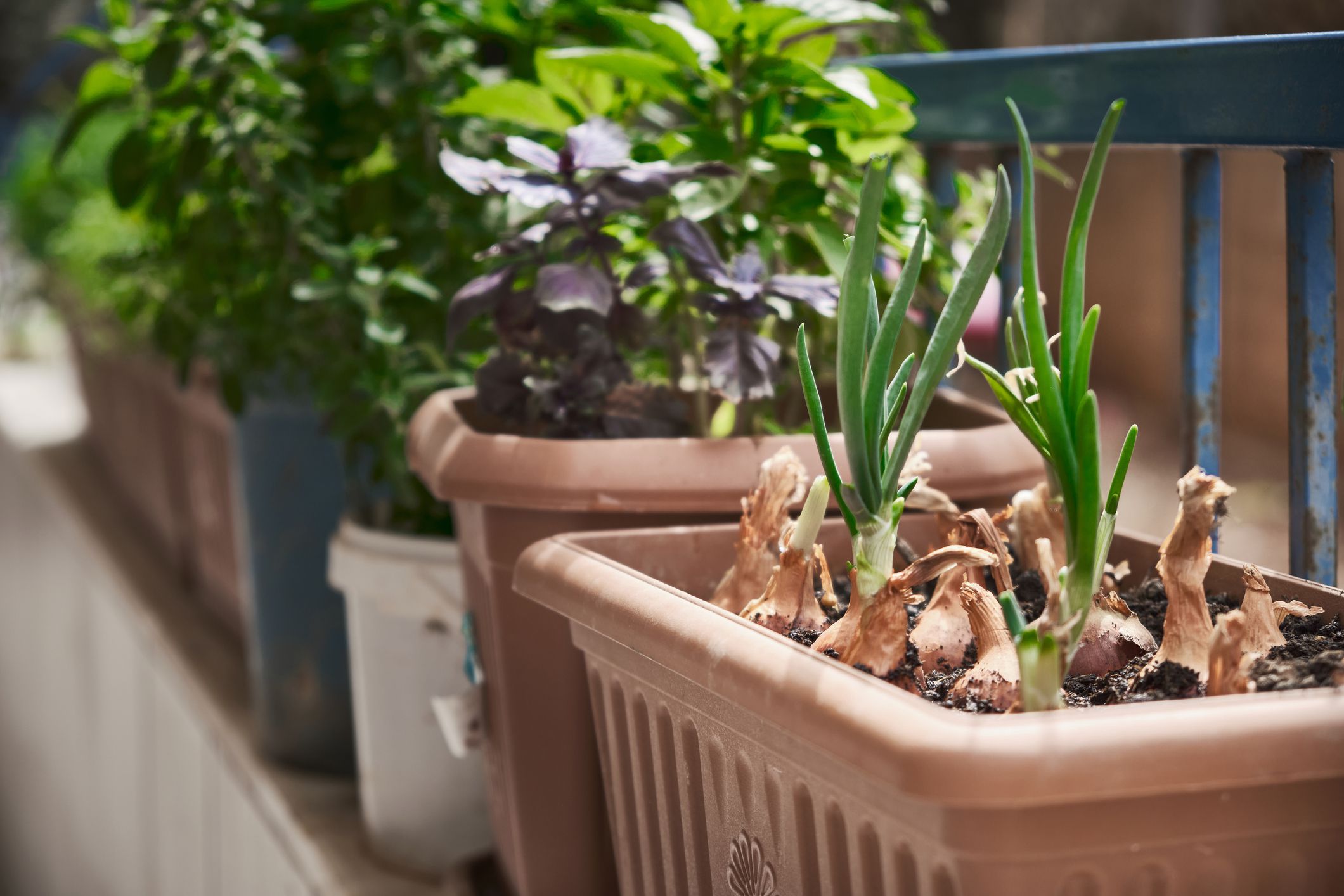
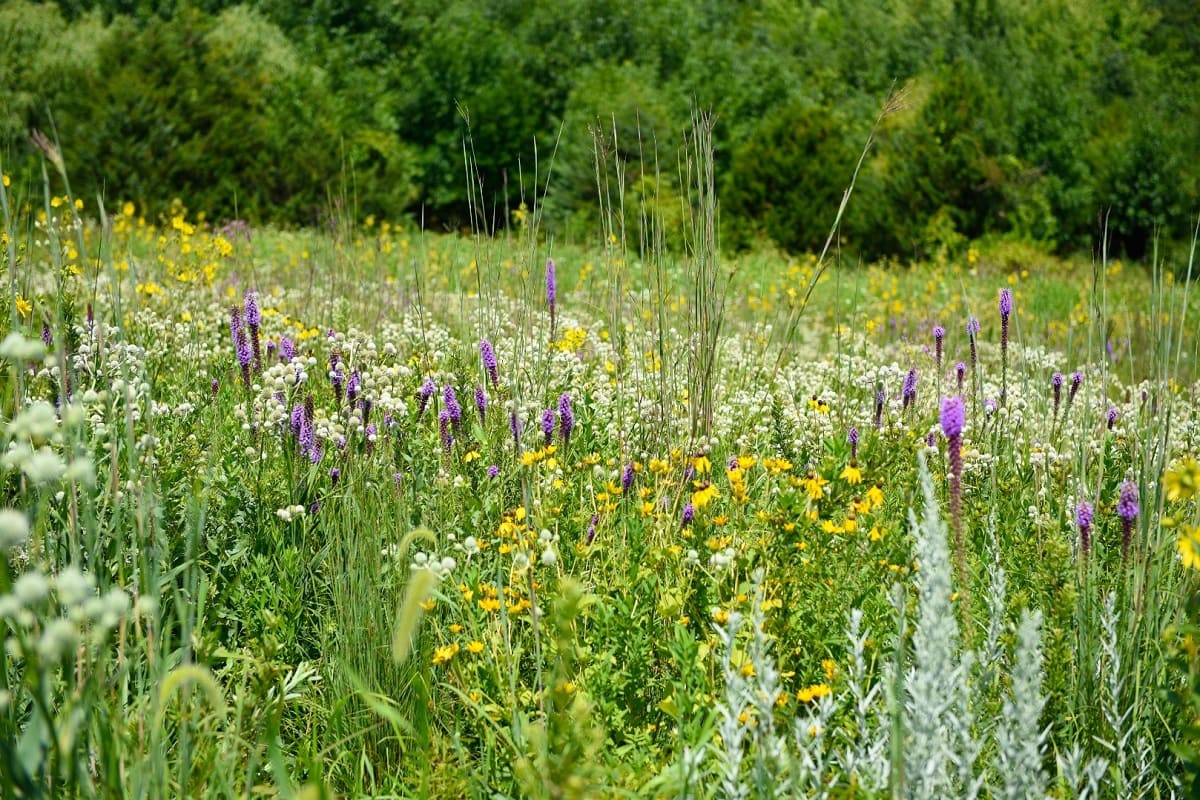
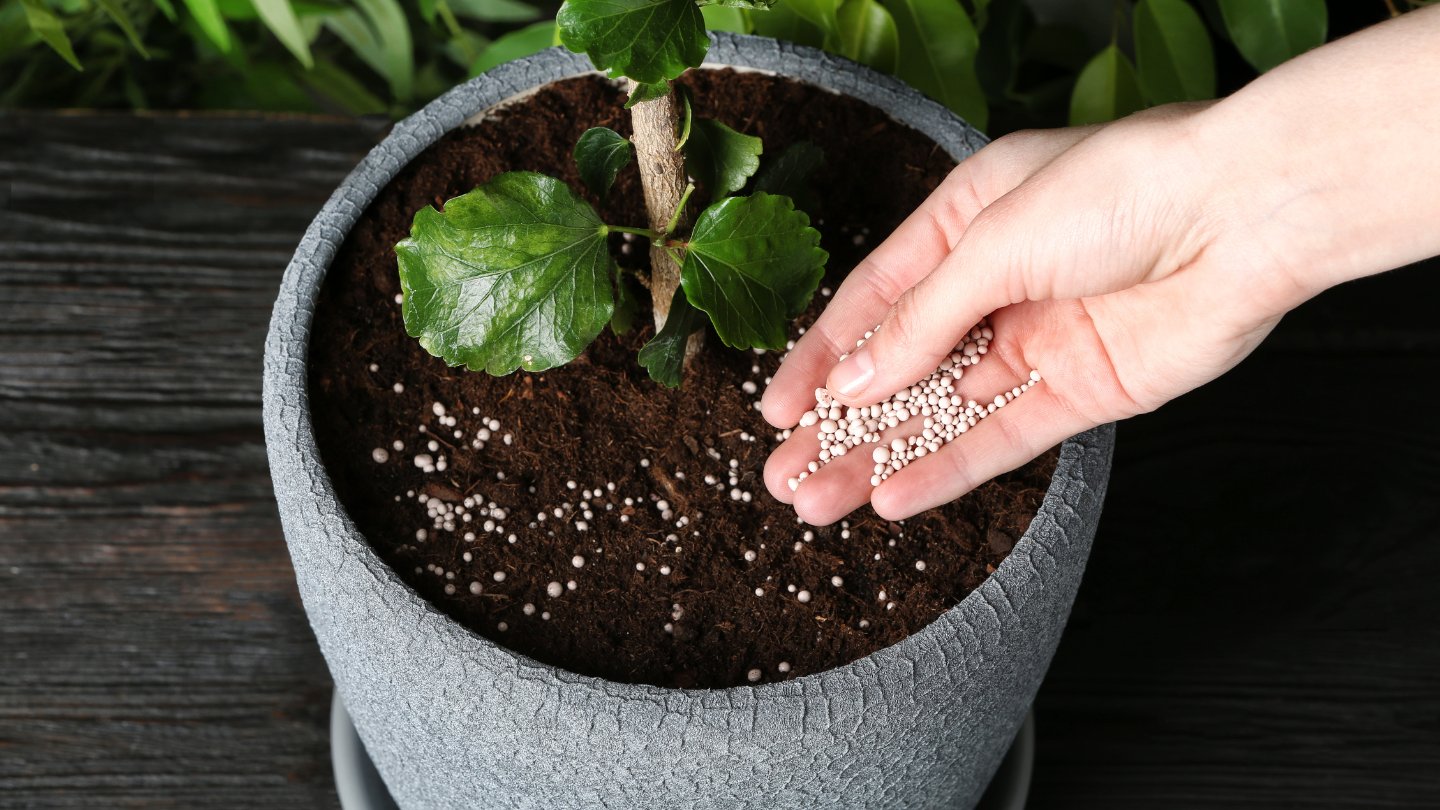

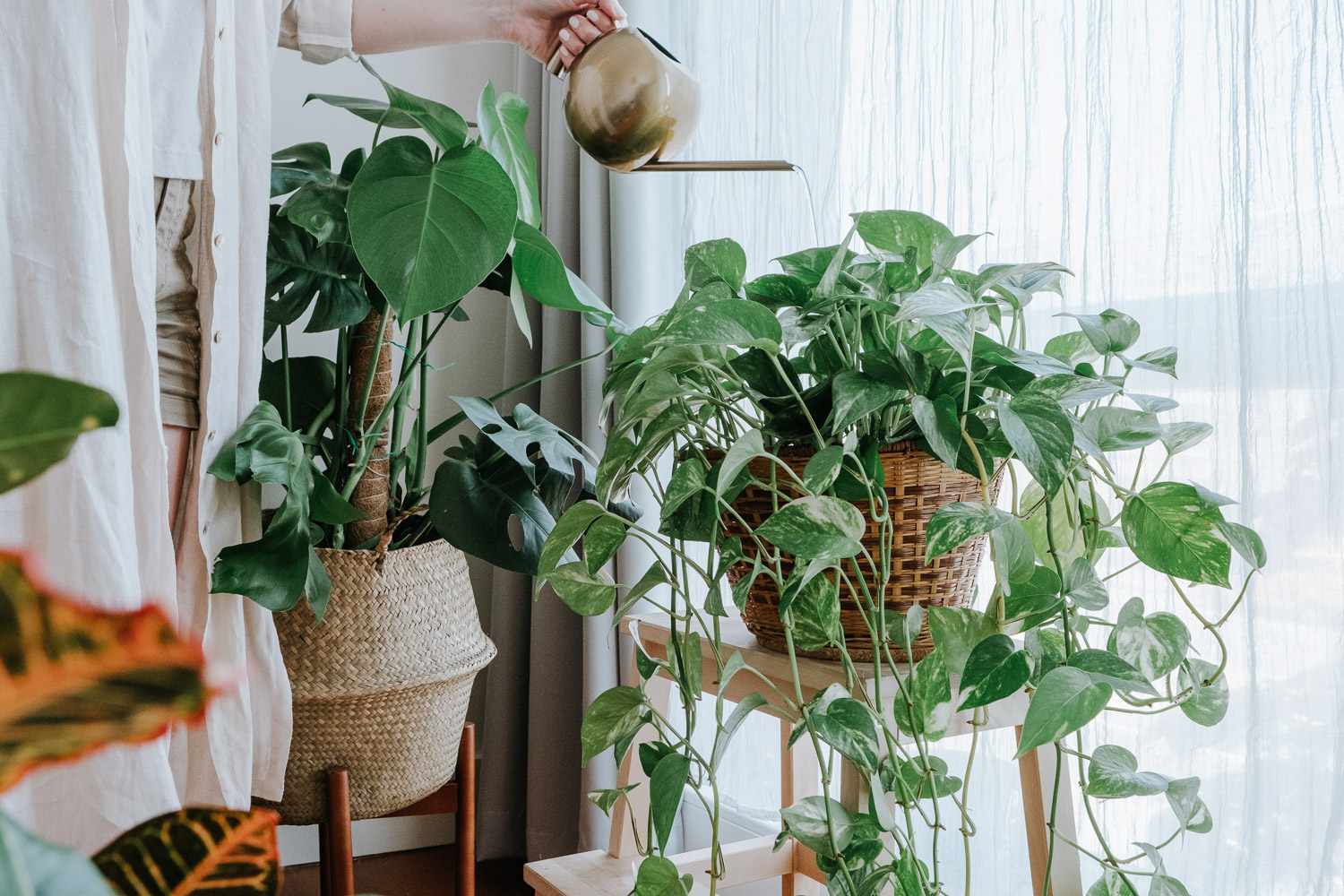
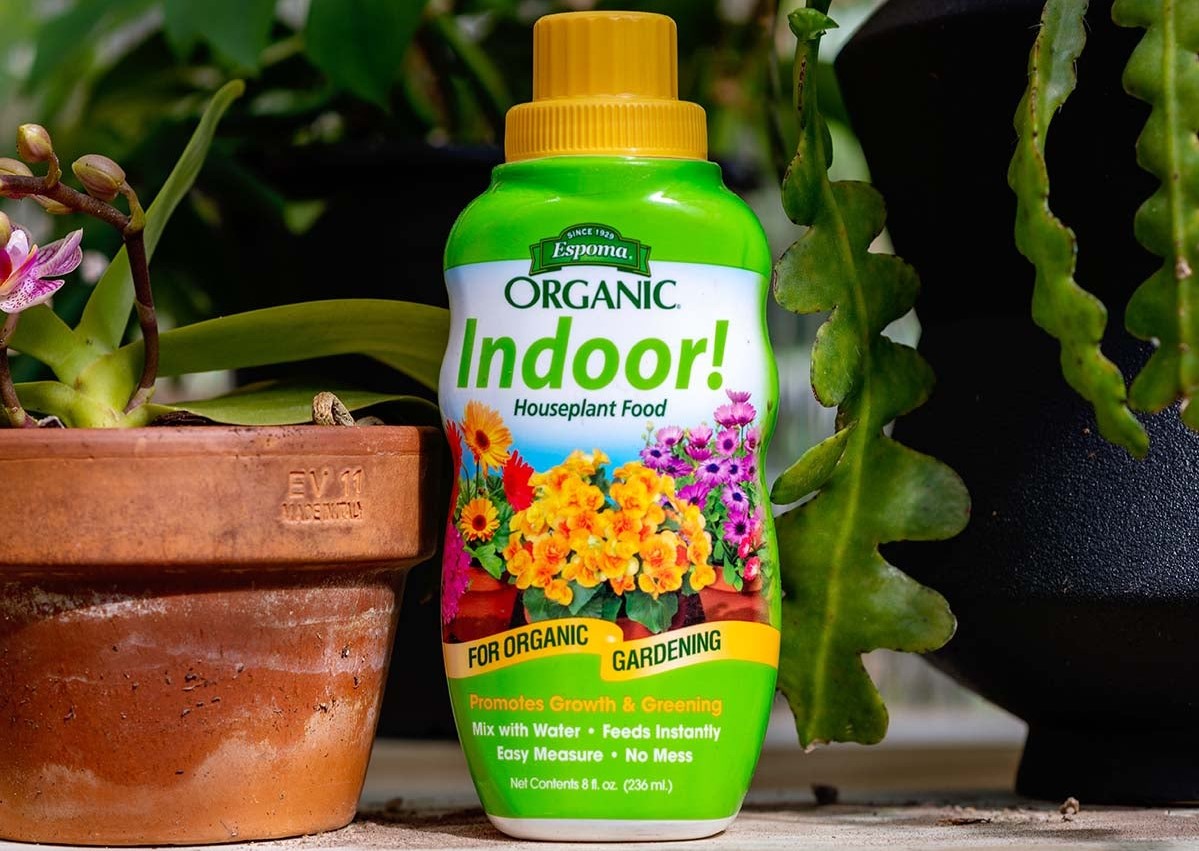
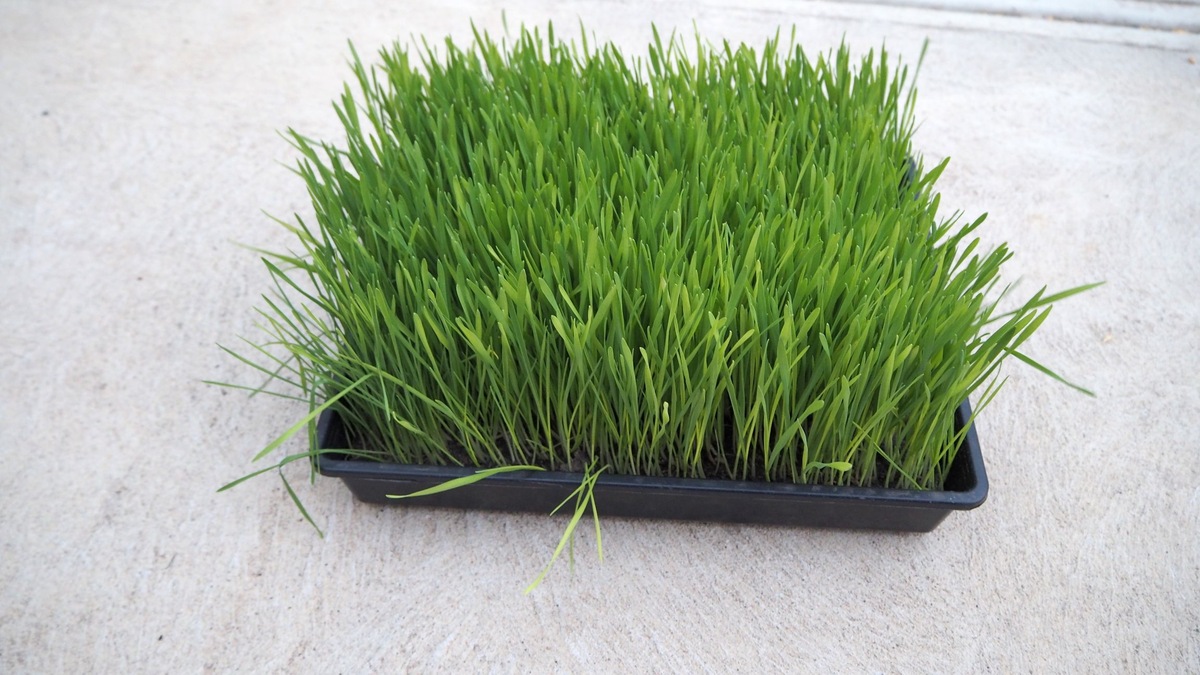

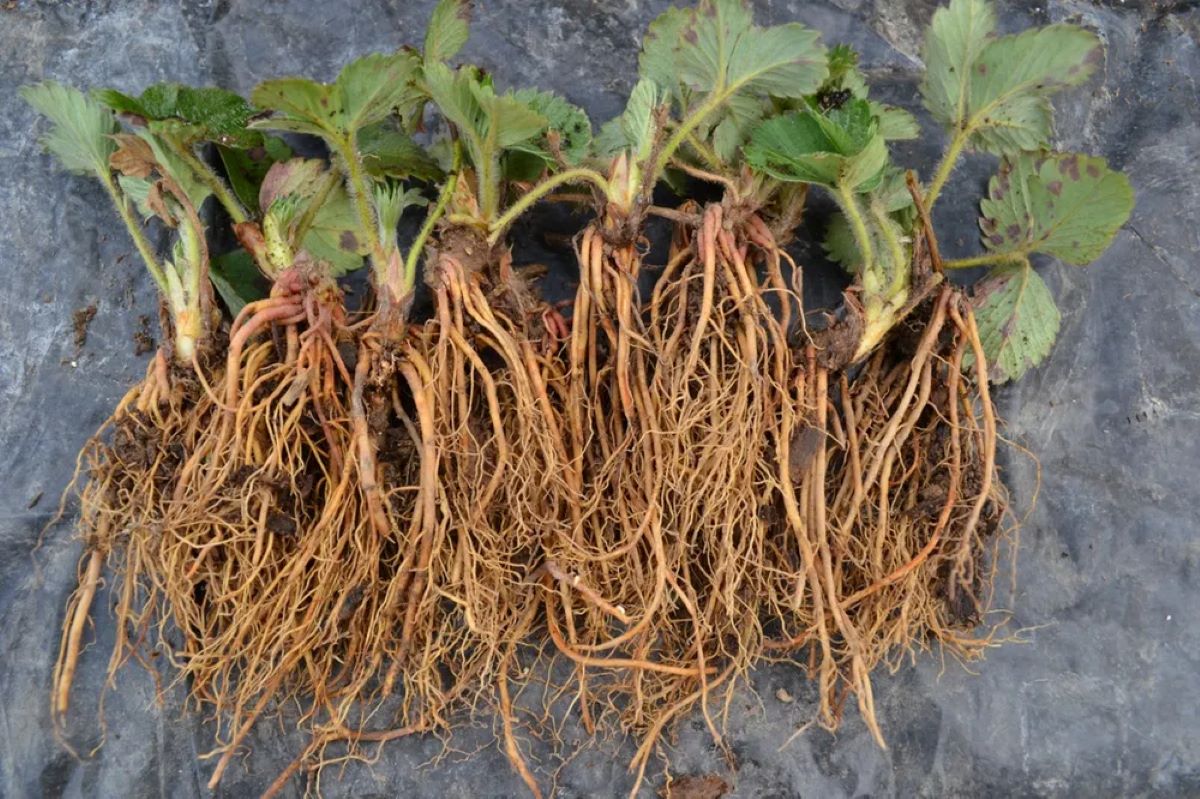
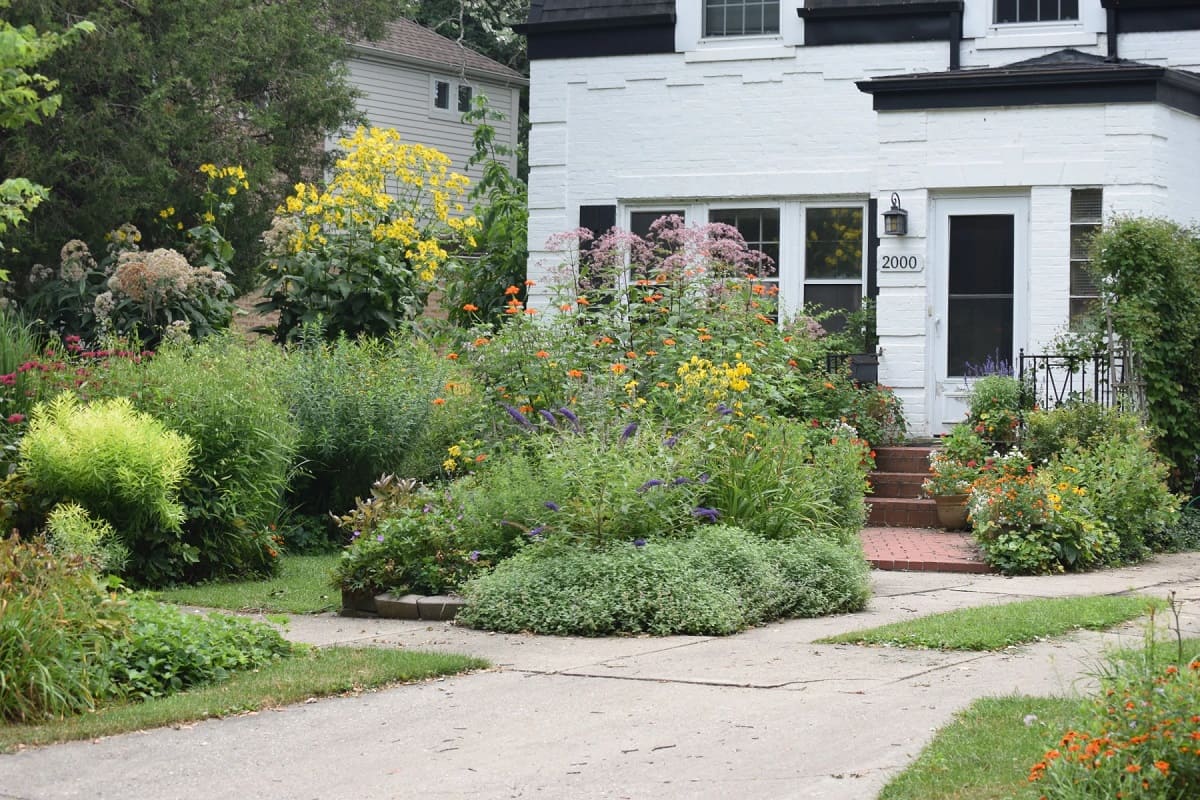

0 thoughts on “How To Organize Plants”